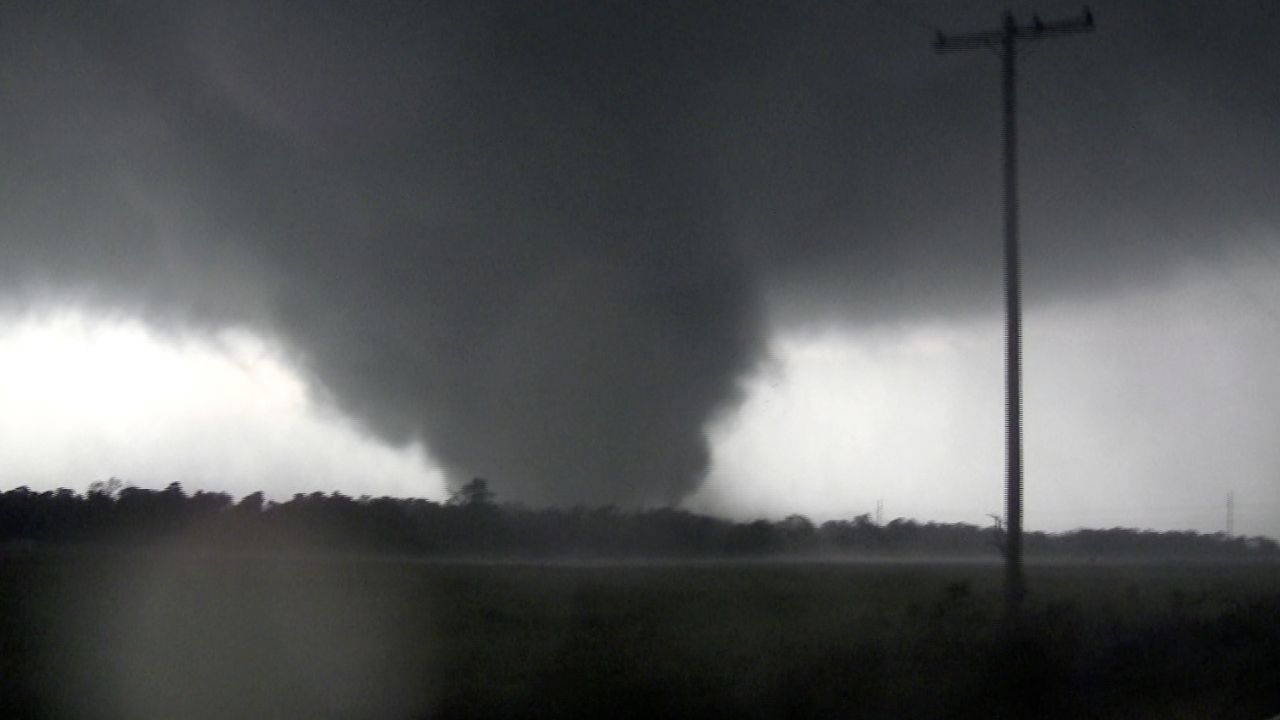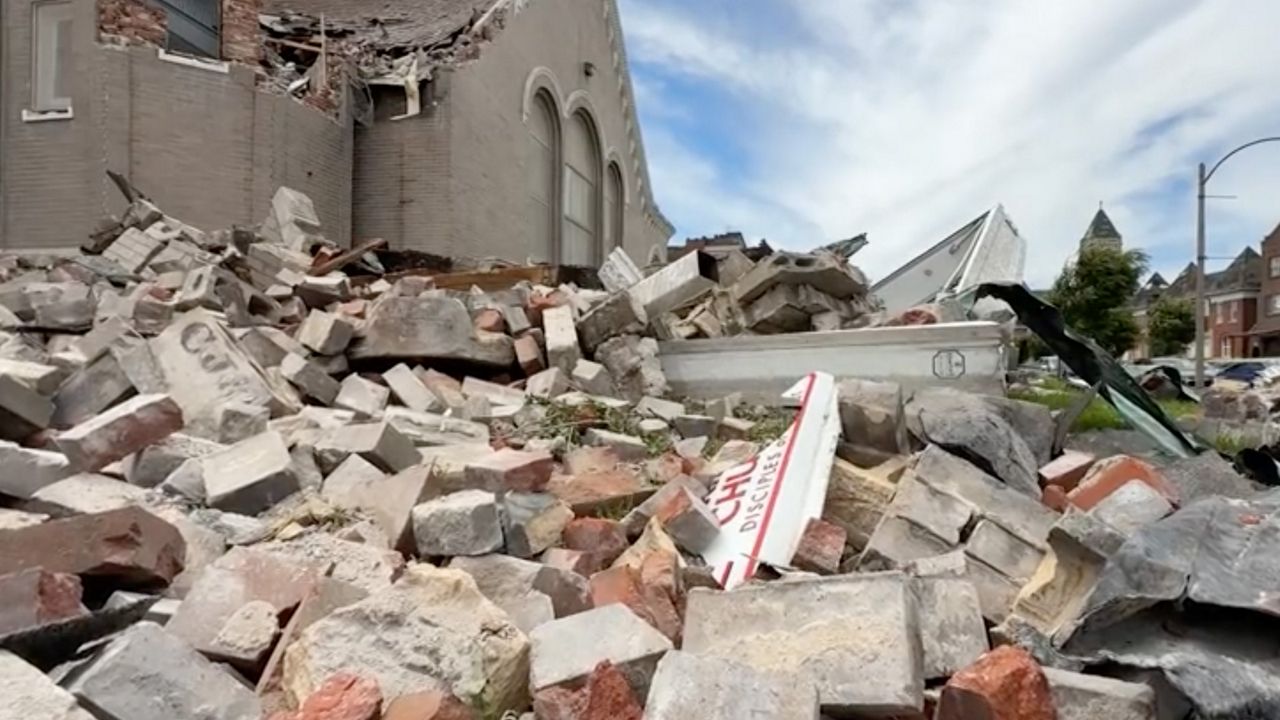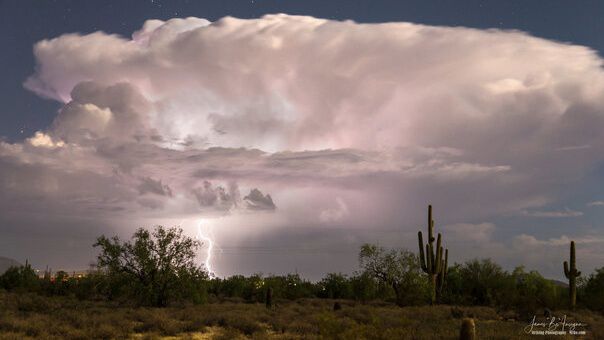Picture this: the sirens go off, indicating a tornado warning. Do you have a plan if you are home? What if you are driving? At school or work? What would you do?
Here are the five things to know about keeping safe during a tornado, no matter the situation.
A tornado warning is issued while you are home. Go to the safe spot in your house. This includes a basement or the lowest level of the home.
If no basement, choose an interior room without windows, like a bathroom or closet. Have a way to stay updated on weather information, including a NOAA Weather Radio and making sure notifications are turned on for your weather and news apps.
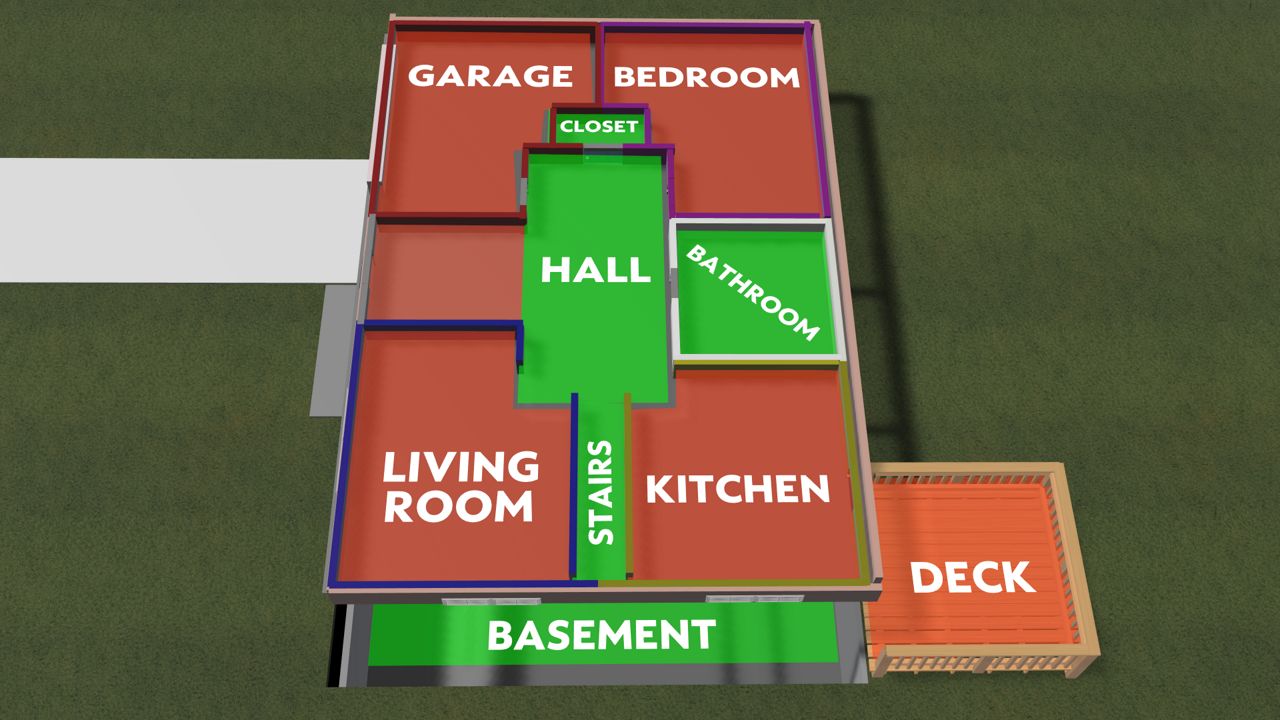
If a tornado is headed for your house, in your basement or interior room, crouch down and cover your head with your hands. If you have time, put on a helmet for added protection and grab a mattress to keep safe from falling or flying debris.
Follow the protocol which includes your work or school safe spaces. Remember to find an interior room away from windows on the lowest level.
Do not choose wide open spaces like a cafeteria or gymnasiums and do not take elevators. The power could go out, causing people to get trapped in them.
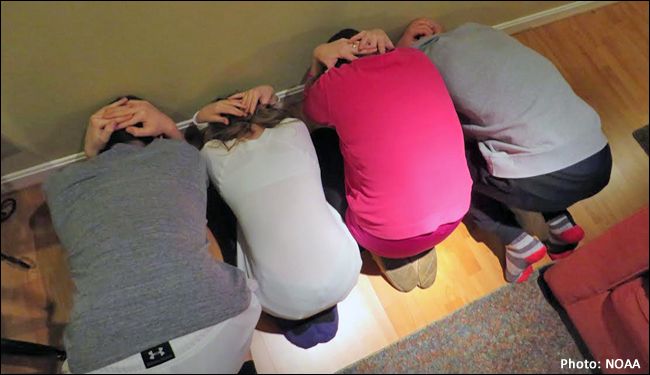
Have a plan in place. Mobile homes are not safe during tornados.
Most municipalities offer shelters or safe rooms for residents, if time, drive to one. If not enough time, drive to a sturdy building such as a gas station or grocery store.
If driving and there’s a tornado warning, drive to a sturdy building to take shelter. This can include a gas station or a grocery store.
If a tornado becomes visible while you are driving and it is far away, the Storm Prediction Center (SPC) recommends driving out of its path by driving at a right angle to the tornado. For example, if the tornado is heading in the eastern direction, drive to the south.
If stuck in traffic and the only viable option is staying in your car, SPC suggests moving out of the traffic lanes and put your car in park. Be sure to keep your seatbelt fastened. Crouch down in the car below the windows and cover your head with your hands to protect yourself from any flying debris.
Do not seek shelter under a bridge or overpass. The winds will increase passing through these structures, sending debris flying.
If you can’t seek shelter in a sturdy building, the SPC suggests lying flat face down in a low-lying area away from trees and cars, protecting the back of your head with your hands.
Have a plan in place before a storm strikes. Know where your safe spaces are in your house, work and school, so if the sirens go off, you can calmly go there. And remember, seek shelter, not social media stardom.
Our team of meteorologists dives deep into the science of weather and breaks down timely weather data and information. To view more weather and climate stories, check out our weather blogs section.




